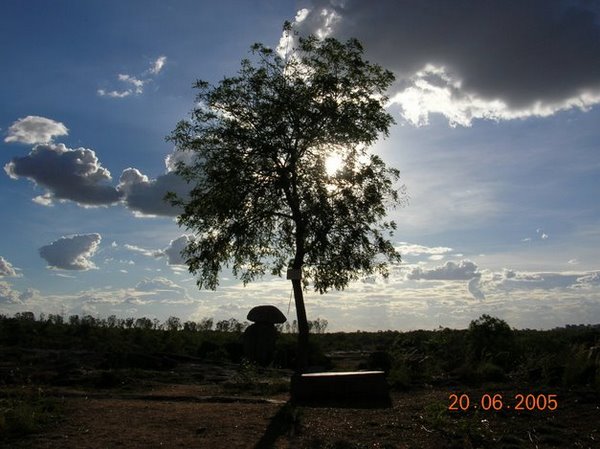It would be good to give much thought, before
you try to find words for something so lost,
for those long childhood afternoons you knew
that vanished so completely -and why?
We’re still reminded-: sometimes by a rain,
but we can no longer say what it means;
life was never again so filled with meeting,
with reunion and with passing on
as back then, when nothing happened to us
except what happens to things and creatures:
we lived their world as something human,
and became filled to the brim with figures.
And became as lonely as a sheperd
and as overburdened by vast distances,
and summoned and stirred as from far away,
and slowly, like a long new thread,
introduced into that picture-sequence
where now having to go on bewilders us.
I am fascinated by the long sentence that pushes us breath-takingly forward in Rilke’s imagination.In an almost mystical turn of phrase we move forward from long childhood afternoons, now only a memory in rain, to a state of being when nothing happens to us except to what happens to things and beings, a time of meetings and re-unions, a time of passing on.We live their world as if it is something human, our own little world ,filled to the brim with their figures.
The sentence does not stop there.It moves further on as a lonely shepherd and as overburdened by vast distances. A beautiful picture of a shepherd overlooking his flock across the vastness of the mountain slopes. “summoned and stirred from far away” by the call of the infinite space, the movement of the shepherd with the flock is as one single mass,as though the world is moving in time,overburdened by vast spaces.
The picture sequence is through a thread that connects the childhood state of nothing happening to us except what happens to things and beings with the bewildering present of having to go now on. The sequence is of a series of images beginning with ‘long childhood afternoons’ , now and then recalled by rain but you are not sure what was lost but only reminded about them. Then you became as lonely as a shepherd overburdened by vast distances.Picture the transition from “nothing happens to us except what happens to things and creatures” to a lonely shepherd, impelled by a summon from the infinite spaces to straddle vast distances in time and space. Now everything happens to us,not what happens to other things and creatures and in this we are a lonely shepherd in the mountains and now are bewildered by having to go on. From a passive childhood state of letting things happen as they would, we are now moving on, summoned by a call of the vast spaces ahead towards eternity.
There are only two sentences in the poem. The first one deals with childhood, where things happened as they would to other things and beings-a passive state of being and the sentence is relatively shorter, ending with a question-and why?The second one seems going on and on , dealing with a shepherd with vast distances before him stretching infinitely.
“Yonder before us lie vast deserts of eternity“(Andrew Marvel)




